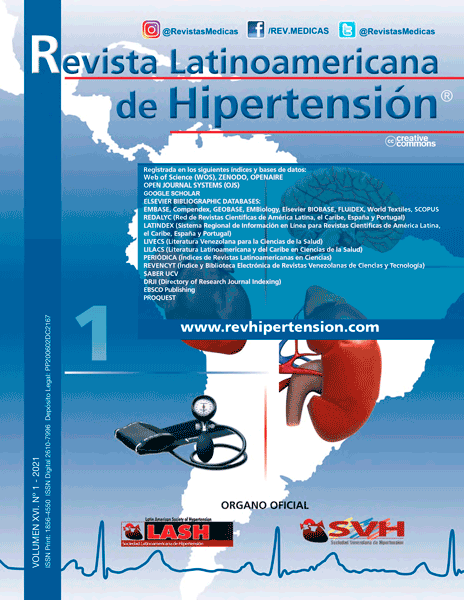Patient's experience with pain influences the pain, anxiety and cardiovascular responses during extraction of tooth
Palabras clave:
Tooth extraction, Pain, Anxiety, Hemodynamic responses, Pain experienceResumen
Background: Pain and anxiety are common symptom in dental practice, and they involved in the alteration of the hemodynamic responses. Aim: This study aimed to demonstrate the role of a patient's experience with pain in the hemodynamic responses that observed in the practice of tooth extraction. Materials and Methods: This observational cohort study was carried in the Clinics of Dentistry at the Department of Dentistry in the Al-Rafidain University College in Baghdad-Iraq through 2019. A total number of 70 patients (48 males and 22 females) aged 15-66 years were included in this study. The authors assessed the severity of the pain by using visual analogue scale (VAS), the anxiety by using Corah's Dental Anxiety Scale-Revised and the hemodynamic responses, including heart rate, blood pressure, arterial stiffness, and myocardial work stress before and after teeth extraction. Results: females expressed pain, anxiety and changes in the hemodynamic responses more than males. The VAS score is significantly and inversely correlated with age (r= -0.314, p=0.008). Anxiety is significantly correlated with heart rate (r=0.244, p=0.042) and myocardial work stress (r=0.232, p=0.05). The VAS score was significantly less in patients who previously experienced pain due to the concomitant illnesses while the mean ±SD of the hemodynamic responses were significantly higher than the corresponding values of patients without pain experience. Conclusion: there are many factors influencing the level of anxiety and pain, and patients with previous history of pain due to other diseases are at risk of activation of hemodynamic responses.

